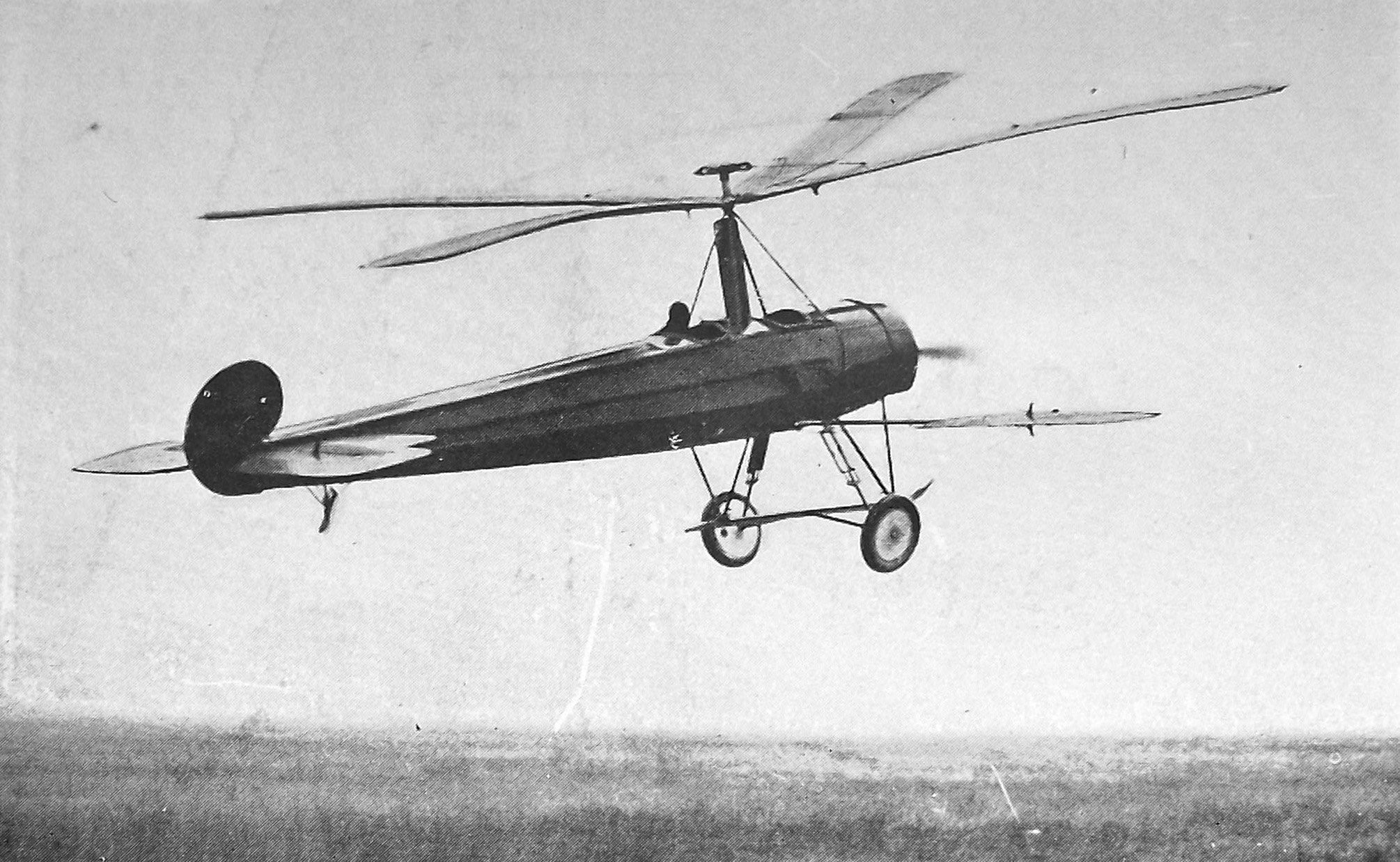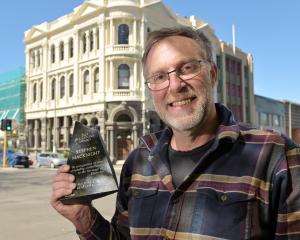

Rhodies like it here
It is quite safe to say that rhododendrons are the most popular hardy flowering shrub at the present time, and they justly deserve their popularity, for they are attractive whether in flower or not. Many of the new and recently-introduced species are quite hardy here, and seem to like our soil and climatic conditions. Though many species have been introduced in recent years from China and India, it is doubtful if any excel in beauty those introduced by Sir Joseph Hooker from Sikkim-Himalay over 70 years ago. A number of hybridists have been at work with these species, and the results already attained in New Zealand alone point to great developments in the future. Though the raising of rhododendrons from seed is not very general it is quite a recognised method of increasing stocks, and is very interesting. Among the species and hybrids at present in flower in the rhododendron dell there is none more interesting than R. Griffithianum. It is almost a tree, growing to a height of 40 feet in some districts, with smooth papery bark and leaves from 6in to 10in long. The young shoots are clothed with long, rosered bracts. Flowers are in loose heads from three to five together, saucer shaped, up to 6in across, pink in the bud and pure white when expanded. This is one of the largest flowered species, and is one of the parents of quite a number of the large-flowered hybrids. R. Thomsonii is also a native of Sikkim, and is one of the brightest flowers of all rhododendrons. It grows to a height of 15ft, with short leaves from 2in to 3in long. — by D. Tannock
News flash
Lightning is an enormous electric spark; thunder is the accompanying "snap," a snap of corresponding enormity. As in the crack of a whip-lash, as in the firing of a rifle charge, so in the explosion of an electric spark there is a disrupting of the air — and you hear it! This is the lightning flash and the thunder roll reduced to their lowest terms. Why at any one time and place there should be an electric discharge from sky to earth is another story. Also another story is the nature of electricity itself. On that subject I know as much as the Royal Society or Sir Ernest Rutherford — just nothing at all. — by ‘Civis’
Learn from Dunedin
The Christchurch Sun suggests that as Dunedin enjoys the cheapest gas, trams and electric power in New Zealand, all the other Administrators throughout the Dominion should visit Dunedin’s great Exhibition next month and seek an essential lesson or two on how to make civic enterprise profitable and popular. — ODT, 24.10.1925












